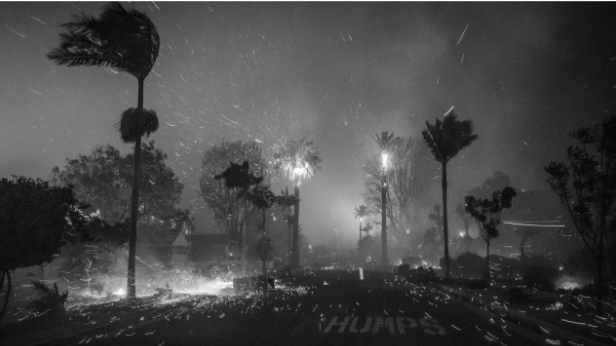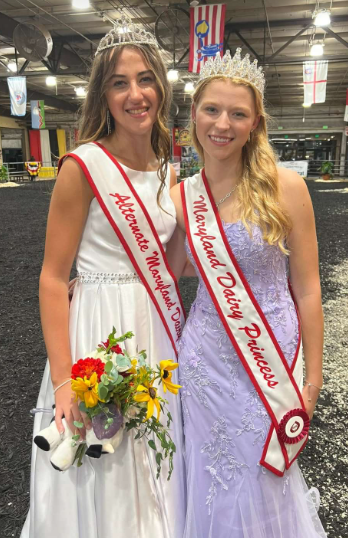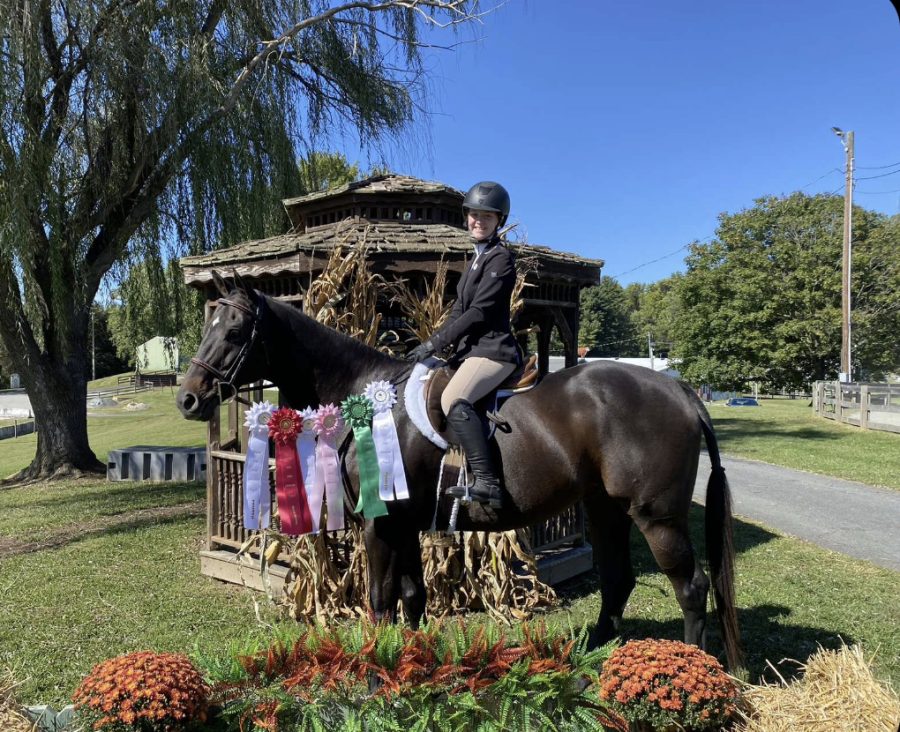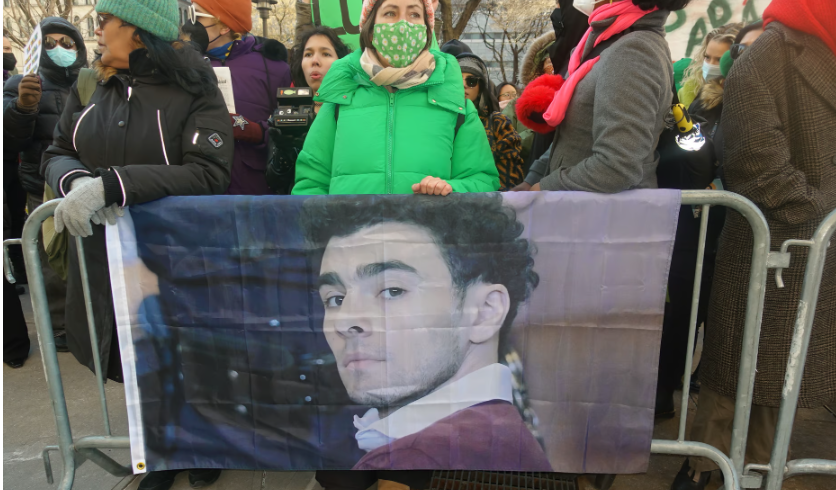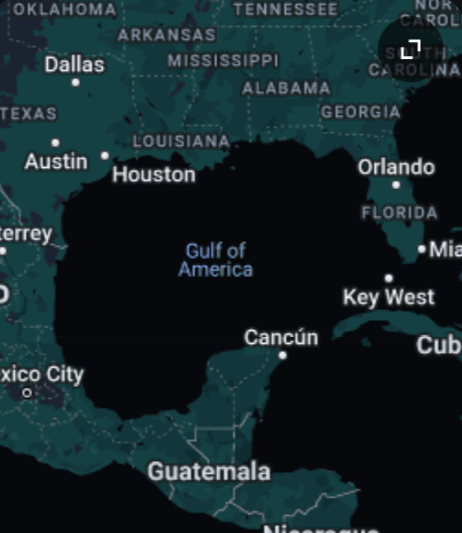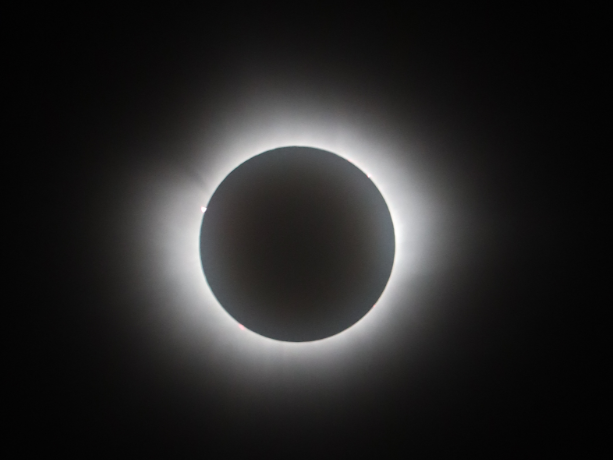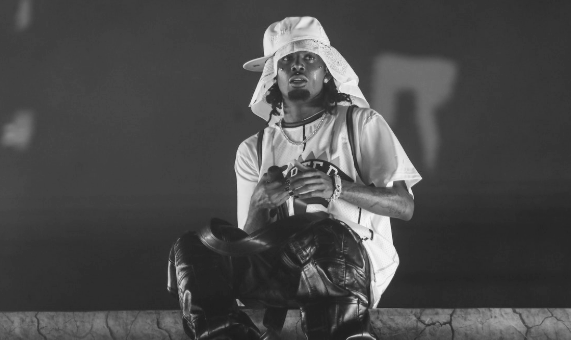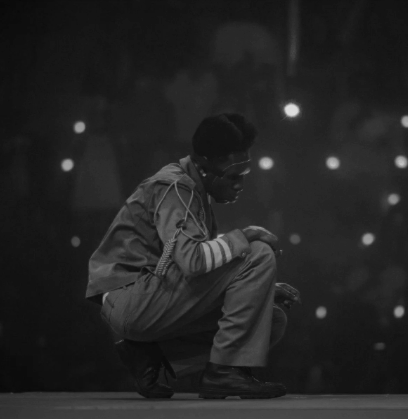First Maryland colonial site uncovered after decades-long search
April 27, 2021
The search for the state’s first European settlement has come to an end as archeologists at Maryland’s Historic St. Mary’s Museum uncovered St. Mary’s Fort. Much like Virginia’s historic Jamestown Fort, St. Mary’s Fort’s exact position had been lost, leaving archeologists on the hunt since the 1930s. Similar to Jamestown, the location of St. Mary’s Fort was abandoned as the state capital moved to Annapolis in the 1690s. According to Historic St. Mary’s City, the settlement was established in 1634, as approximately 100 residents arrived and founded the first Maryland stronghold aboard two ships, the Ark and the Dove in late March.
During its prime, the settlement was roughly the size of a football field. Today the lost location appears to be nothing more than an empty meadow owned by Historic St. Mary’s City. Using a combination of ground-penetrating radar, magnetic susceptibility, and magnetometry, Historic St. Mary’s City Director of Research and Archaeology Travis Parno and geophysical archaeologist Tim Horsley mapped out the outlines of the fort’s once standing buildings with the help of their team. Soon after, Jeffery R. Parno was able to render a conjectural drawing of St. Mary’s Fort based on the team’s findings.
Social studies educator Benjamin Scarborough visited Historic St. Mary’s City several years ago to see the reconstructed colonial settlement, “St. Mary’s Fort is an often-overlooked but important settlement in the history of colonial America. I’m so excited to hear about new artifacts that the archeologists uncover as the dig progresses.” Several artifacts have been found, including a 4,500-year-old quartzite arrowhead and the trigger guard of a musket.
Parno believes that the uncovering of this long lost settlement is arguably one of the most important discoveries in Maryland’s archaeological history; The site represents a time when European colonists inserted themselves into the world of Native groups, such as Yaocomaco and the Piscataway, who would play a major role in shaping Maryland’s colonial history. The team worked to engage members of the Piscataway Conoy Tribe and other Native groups to create the People to People Project, a collaborative initiative that strives to inform others about the archeological study as they gather more information.
The excavation team will soon work to explore St. Mary’s Fort in portions, with hopes of learning more about what each buried building was once used for. As they begin with a cellar, they plan to later conduct another ground-penetrating radar survey outside of the fort in search of Native sites, playing a major role in their People to People Project. The team credits both the Maryland Historical Trust and the Historic St. Mary’s City Foundation for their support. The state is proud to support further research after the finding of Maryland’s first settlement, as the state’s 400th anniversary approaches.
